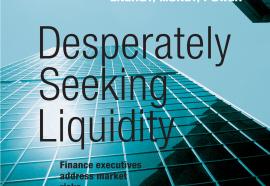Vendor Neutral
(November 2011) Hitachi Power Systems America wins contract from Westar Energy; City of Fort Collins selects Elster, Siemens Energy, eMeter and Tropos GridCom to provide systems for its AMI project; Energate to supply smart thermostats for Oklahoma Gas & Electric; Jackson Municipal Electric Department selects Survalent Technology for a new SCADA system; Eastern Nebraska Public Power District Consortium selects ABB to implement an advanced smart grid-based SCADA; plus announcements and contracts involving EnerSys, S&C Electric, Siemens and others.








